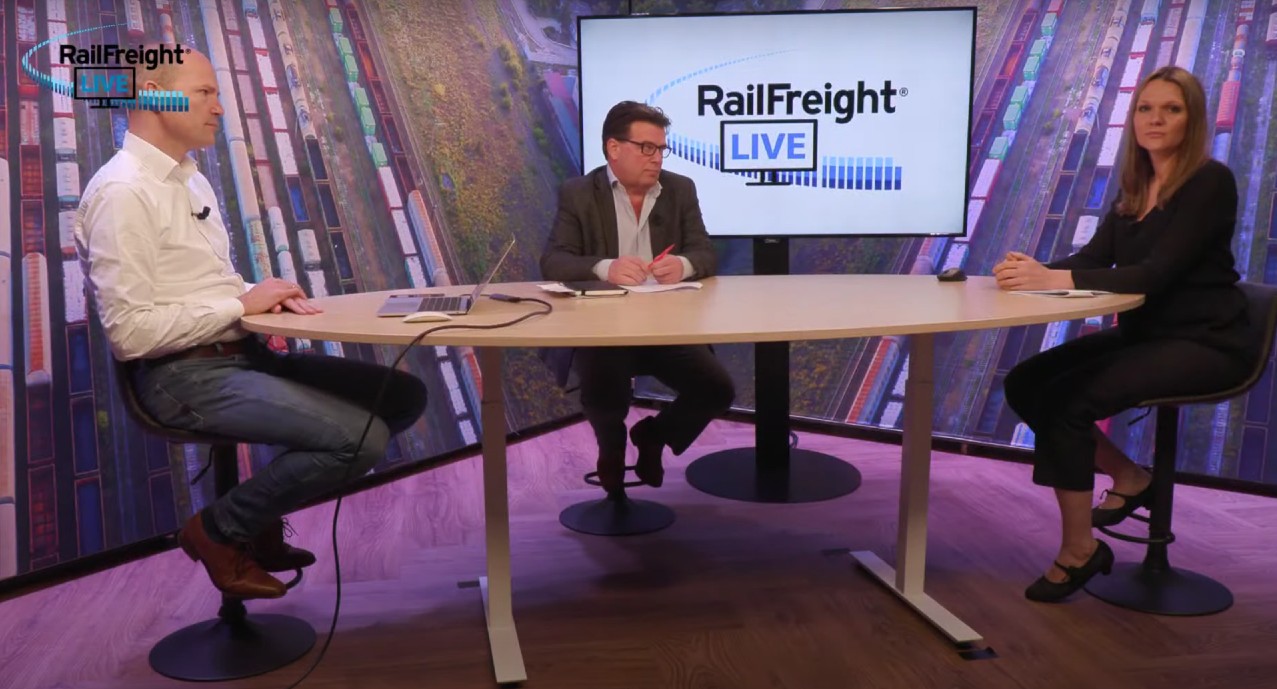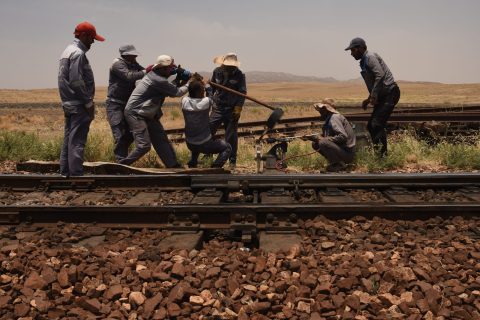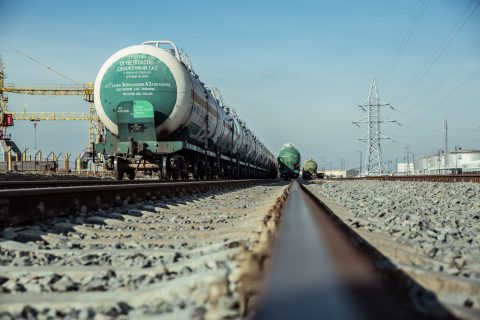Hordes of reefer containers once again on the train to China

Since the 1st of April refrigerated transport to China has resumed. It was put on hold over concerns about the transmission of the coronavirus via containers. Chinese rail companies are now fully back on track with the cold chain, to the delight of the European industry. “We already have the first eighty containers on the way”, says Hanno Reeser from New Silk Way Logistics.
New Silk Way Logistics is an expert when it comes to conditioned transport via the New Silk Road, and therefore Reeser was a suited guest in RailFreight Live last Friday, where the cold chain was the topic of discussion. “We load an average of 25-30 temperature controlled containers per week on the train to China. These are mostly filled with pharmaceuticals, but we also transport frozen food products.”

What happened?
In the first three months of this year, the Chinese government suddenly put a hold on the transport of reefer containers (refrigerated units). This was due to the suspicion that the virus could live longer in a cold environment, and this way could be imported via the containers to China, Reeser explains. He adds that there was no official notice from the government. “This was communicated by the Chinese railway provider.” (RailFreight.com could not confirm this with other parties involved).
It is not the first time that this concern is articulated. Last year, the transport of frozen salmon was under discussion in Chinese media, as it could have been the source of new corona cases in the Asian country. The Chinese daily quoted Wu Zunyou, the chief epidemiologist at the Chinese Center for Disease Control and Prevention, saying: “Our seafood products are typically stored and transported in cold containers, and it is possible for the virus to be preserved for a long time and increase the likelihood of infecting people.”
Back then, the assumption led to additional tests on packages of incoming cargo. Also this time, the restrictions are replaced by the less impacting disinfecting of random containers, which happens at the border, Reeser explains. “In China many people are getting vaccinated, so the pressure is getting less. They also need products such as pharmaceuticals, so they may have changed their way of thinking.”
New coolbox
Apart from sending its regular reefers to China, New Silk Way Logistics will see the departure of the first coolboxes to China this week. This is a new type of reefer container, which is able to better stabilise the temperature within the container. The shipment is part of a test phase, Reeser explains.
“Stabilised temperatures are needed for products such as pharmaceuticals, milk, whipped cream or flower bulbs. This is a cargo type that is in increasing demand in China, and we would like to be able to offer a transport solution by rail. We have therefore transformed the truck trailer that is capable of stabilising temperatures into an intermodal container. With the new A500 engine of ThermoKing, the air circulation is such that the temperature is the same in the entire container.”
To China or within Europe
This project, carried out together with H.Essers, ThermoKing ,Unit 45 , Wageningen University & Research, and Dutch Flower bulb Industry, is not only tailored to the Eurasian market, but also to the European market, there are two types that have been delivered. Where one container has a 900 liter tank, which is good for a one-way journey to China, another container has a 350-liter tank. “This one is enough for a trip from our terminal in Belgium or the Netherlands to Spain, Italy, Poland, Turkey or Russia, without the necessity to refuel during the trip” explains Reeser.
The demand in Europe is growing as well”, he continues. Companies want to decarbonize, they are asking us for solutions. And with all the knowledge we have built up in transport to China, we could provide the same solutions for rail transportation within Europe. A good intermodal network is being built up here, also for conditioned transport. Customers can choose when to opt for rail, road or sea. We have therefore developed this COOLBOX, which can be used on all modalities. This is what we call synchromodality.”
Do you want to watch the entire show? You can watch this here. Do you want to watch the interview with Hanno Reeser? You can watch this here.
You just read one of our premium articles free of charge
Want full access? Take advantage of our exclusive offer





